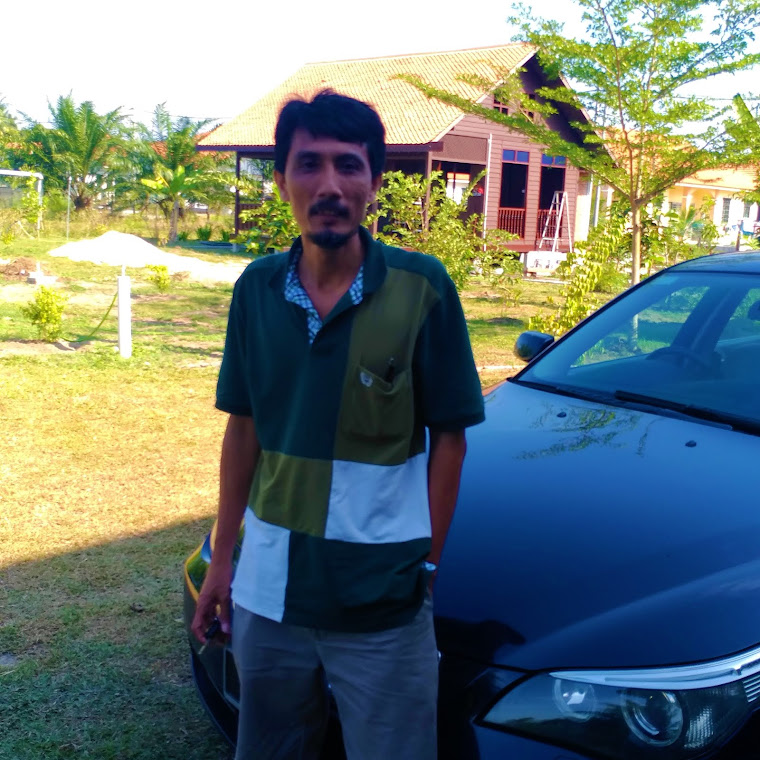Educating public on need to stop self-medication
KUALA LUMPUR: PHARMACISTS and doctors, troubled by a rise in antibiotic resistance, say finishing the course and not taking them unnecessarily should be key in arresting this trend.
Such an all-too-familiar message will be hammered home during a month-long campaign beginning on Oct 16 to help ensure antibiotics remain effective, the Malaysian Pharmaceutical Association (MPA) and Malaysian Medical Association (MMA) said yesterday.
Antibiotic resistance refers to a disease-causing bacteria surviving exposure to an antibiotic.
The World Health Organisation (WHO) had recently highlighted antibiotic resistance, technically referred to as anti-microbial resistance (AMR), as a major threat to public health in the 21st century.
The two bodies told the New Straits Times yesterday that cautious use of antibiotics was the only prevention to the development of superbugs, such as the carbapenem-resistant Enterobacteriaceae, multi-resistant Acinetobacter and Methicillin-resistant Staphylococcus aureus (MRSA).
This prompted the Health Ministry, together with MMA and MPA, to launch the campaign, which is to streamline the use of antibiotics among medical practitioners and the public.
MPA president Datuk Nancy Ho said although the Health Ministry continually monitored the AMR patterns, it was quite likely that the problem in Malaysia was increasing following global trends.
Ho said: "Overuse and the inappropriate use of antibiotics can result in the development of resistant strains of bacteria.
She added: "Pharmacists, as part of the healthcare team, will help educate the public on the proper use of antibiotics so that this important group of medicine continues to be useful in the management of infectious diseases."
Ho said she believed that Malaysian doctors did prescribe antibiotics with caution but were sometimes pressured by patients, who insisted on antibiotics even when they had a viral infection.
"This is why a public education campaign is important."
MMA president Dr S.R. Manalan denied that Malaysian doctors relied heavily on antibiotics, and agreed with Ho that patients pressured them to prescribe antibiotics even when they were unnecessary.
Dr Manalan said in developed countries, which had a high incidence of bacterial resistance, antibiotic prescriptions were monitored and doctors were vigilant in following guidelines.
Asked if incidences of AMR were on the rise in Malaysia, Dr Manalan said: "Yes, this is true and it is because of a number of reasons.
"Self-prescription, buying medications over the counter and patients not completing the full course are some of the causes."
The Health Ministry's Department of Medicine head and consultant for infectious diseases Datuk Dr Christopher Lee announced on Sunday that the Oct 16 campaign would involve educating medical practitioners on the importance of prescribing antibiotics sparingly and conducting public awareness programmes.
According to the WHO, infections caused by resistant microorganisms often fail to respond to conventional treatments, resulting in prolonged illness and a greater risk of death.
About 440,000 new cases of multidrug-resistant tuberculosis (MDR-TB) emerged annually, causing at least 150,000 deaths.
Meanwhile, resistance to earlier generations of anti-malarial medicines, such as chloroquine and sulfadoxine-pyrimethamine, is widespread in most malaria-endemic countries.






